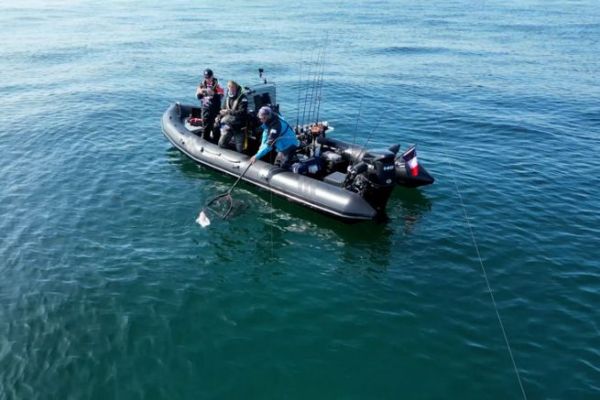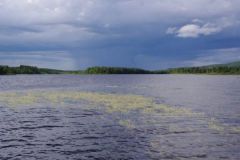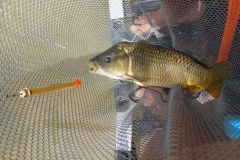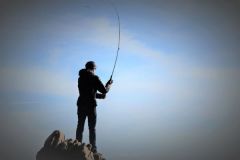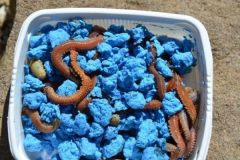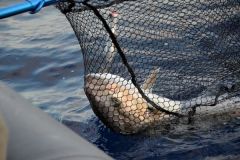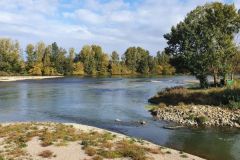Understanding the fundamentals of positioning
Types of seabed
The seabed varies considerably, from sandy to rocky to seaweed-covered. Each type of bottom attracts different species of fish. For example, rocky bottoms are often habitats for fish such as grouper or bream, while sandy bottoms may be home to sole or turbot. Understanding the type of bottom you're fishing on will help you choose the right baits and techniques.
Currents and tides
Currents and tides play a crucial role in fish behavior. Fish often use currents to move around and find food. By positioning your boat to take advantage of these currents, you can increase your chances of catching a fish. For example, fishing against the current can allow your bait to move naturally with the flow of water, attracting more fish.
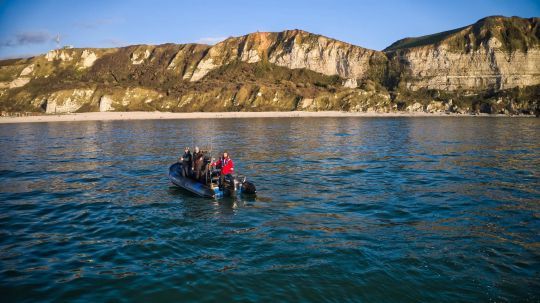
Positioning techniques
Strategic anchoring
Anchoring is an essential technique for keeping your boat in a stable position. For effective anchoring, it's important to choose an anchoring point that allows you to cover an area with plenty of fish. Typically, wrecks or ridges are very good areas. When fishing on rocky bottoms, make sure your anchor is securely attached to avoid drifting. And make sure you have a spare line to get the anchor off the bottom when you're ready to set off again.
Controlled drift
Controlled drifting is another effective technique for covering a large area without spooking fish. By using a drifting parachute, you can slow down your boat's drift speed, allowing your bait to stay in the fishing area longer. This method is particularly useful when fishing for species such as sea bass or mackerel. It will also enable you to keep the boat drifting in the direction of the current when there is a strong wind.
Trolling
Trolling requires optimal positioning to cover long distances. It's crucial to maintain a constant speed and adjust the depth of your lures according to conditions and the fish you're after. Use downriggers to control the depth of your baits and cover different layers of water in deep areas.
Using technology
Sensors and GPS
Fishfinders are indispensable tools for locating underwater structures and schools of fish. They allow you to see the topography of the seabed and identify areas where fish are likely to congregate. GPS, meanwhile, helps you mark and find your favorite fishing spots for future outings.
Applications and charts
Mobile applications and nautical charts are excellent allies for planning your fishing trips. They provide detailed information on currents, tides and the best times to fish. Apps like Navionics or Captain Fisher can help you find new spots and share your discoveries with other anglers.
Adapt positioning to weather conditions
Wind and waves
Wind and waves can affect the stability of your boat and the accuracy of your positioning. In strong winds, it's best to fish in sheltered areas or use extra anchors to maintain your position. Waves can also influence fish behavior, causing them to seek refuge in calmer areas. So adapt!
Brightness and time of day
Light plays an important role in fish activity. Predatory fish are often most active at dawn and dusk, when light levels are low. Adapting your positioning to the time of day can increase your chances of capture. For example, fishing near underwater structures at dawn can be very productive.
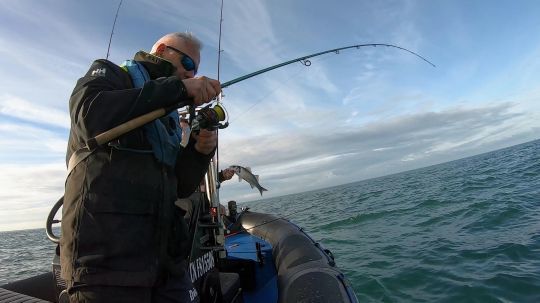
The positioning of your boat is a key element in the success of your sea fishing trips. By understanding the fundamentals of the marine environment, using the right positioning techniques and taking advantage of technology, you can maximize your catch and enjoy your passion to the full, whatever the fish you're after. Don't forget that every outing is an opportunity to learn and experiment. Share your experiences and tips with other anglers to enrich your knowledge and improve your skills. Enjoy yourself and experiment.
